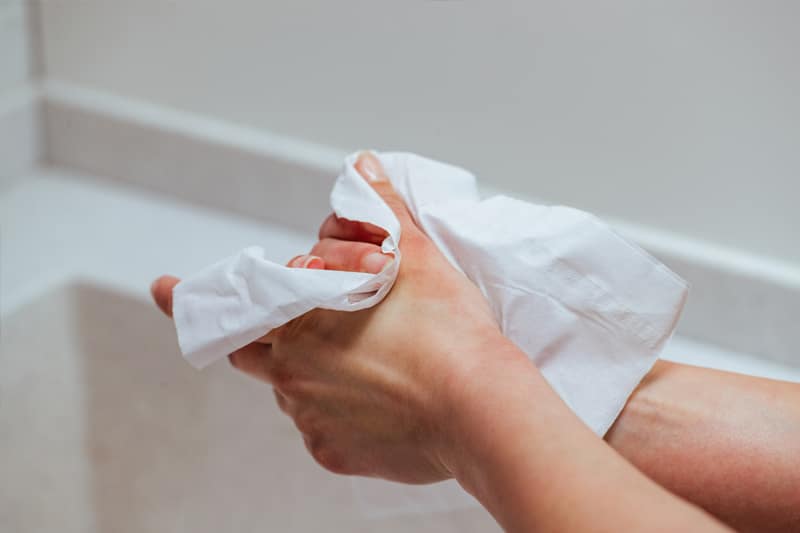 For successful treatment of burns, adequate documentation is a major concern. Up-to-date burn injury documentation brings more challenges and requirements for practices. Emergency departments can consider outsourcing medical transcription to get accurate reports of the treatment recordings.
For successful treatment of burns, adequate documentation is a major concern. Up-to-date burn injury documentation brings more challenges and requirements for practices. Emergency departments can consider outsourcing medical transcription to get accurate reports of the treatment recordings.
Studies have highlighted that although traditional paper-based documentation is still used in practices, it no longer meets modern requirements. Instead, proper documentation is ensured by electronic documentation systems.
Burn care mainly focuses on the six “Cs” such as – clothing, cooling, cleaning, chemoprophylaxis, covering and comforting. Factors that guide the evaluation and management of burns that leads to accurate documentation include
- The type of burn (thermal, chemical, electrical or radiation)
- The extent of the burn usually expressed as %TBSA, and
- The depth of the burn
Along with documenting an appropriate E/M encounter, other factors to be documented for patients with burns are – location, size relative to total body surface area (TBSA), whether dressings or debridement were performed and by whom, specific patient characteristics such as the age of the patient, any other medical or health problems, any associated injuries, and more.
Anatomical locations documented should include laterality, left or right, and the specific part of the body involved. The depth of burns has to be documented as first degree, partial thickness, or full thickness.
Burn Documentation Features
Experts have clearly defined the required medical details for burn documentation.
Advanced burn documentation should include:
- Medical history and general status of the patient with all its features
- Recent and frequent photographic documentation to evaluate changes in the wound
- Wound assessment with all its features
- Course of healing
- Documentation of therapeutic measures and their effects
- Results of follow-ups
- Traceability and verification of authors
Proper TBSA Estimation
Accurate burn size assessment is crucial. Determining burn severity relies on the burned surface area, depth of burn and the involved body area. Many methods are currently available to estimate the percentage of total body surface area burned. TBSA or total body surface area affected by a burn can be estimated using Lund Browder Chart, Rule of Palms or Rule of Nines.
Lund Browder Chart
“Lund Browder Chart” helps to improve the calculation of body proportions. This is the most accurate and widely used chart to calculate total body surface area affected by a burn injury. It helps evaluate the burned body surface area, by showing the boundaries of specific body regions. An adapted planimeter is used for the calculation.
Rule of Nines
This is another clinically efficient and accurate method to calculate the total body surface area of a burn. This estimation method provides an idea of how much of your total body’s surface area a burn takes up. Treatment can be chosen based on the size and intensity of the burn injury. Emergency department physicians use this estimation method the most.
Rule of Palms
It is another popular way to estimate the size of a burn. Physiopedia explains that the palm of the person who is burned is about 1% of the body. In this method, the patient’s palm is used to measure the body surface area burned. When a quick estimate is required, the percentage body surface area will be the number of the patient’s own palm it would take to cover their injury. It is important to use the patient’s palm and not the provider’s palm.
Choosing a Perfect Documentation System
Even though critical care medical transcription services can do a lot in properly documenting burns in EHR, it is crucial for providers to use a relatively comprehensive documentation system to ensure quality patient care.
Advanced documentation systems will cover many datasets including ethology of burns, burn depth and size over time, surgical steps, first aid measures, preceding clinical treatment, condition of the patient on admission, former illnesses, any additional injuries, healing progress and outcome, complications if any, image documentation, and more.
Electronic documentation systems have proven to offer many qualitative and quantitative advantages such as –
- enhanced documentation quality
- reduced documentation errors
- faster availability and access to the collected data
- direct exchange of information
- creation of new medical knowledge
BurnCase 3D is a standardized documentation system that provides a library of 3D models to support and enhance the documentation and diagnosis of human burn injuries. 3D models created can be adapted to sex, age, height, and weight. This system enables full documentation of the entire treatment process from initial assessment to the outcome. Users can transfer burn wounds from photos to the 3D model. The 3D models created can be moved, rotated, and scaled for better evaluation.


